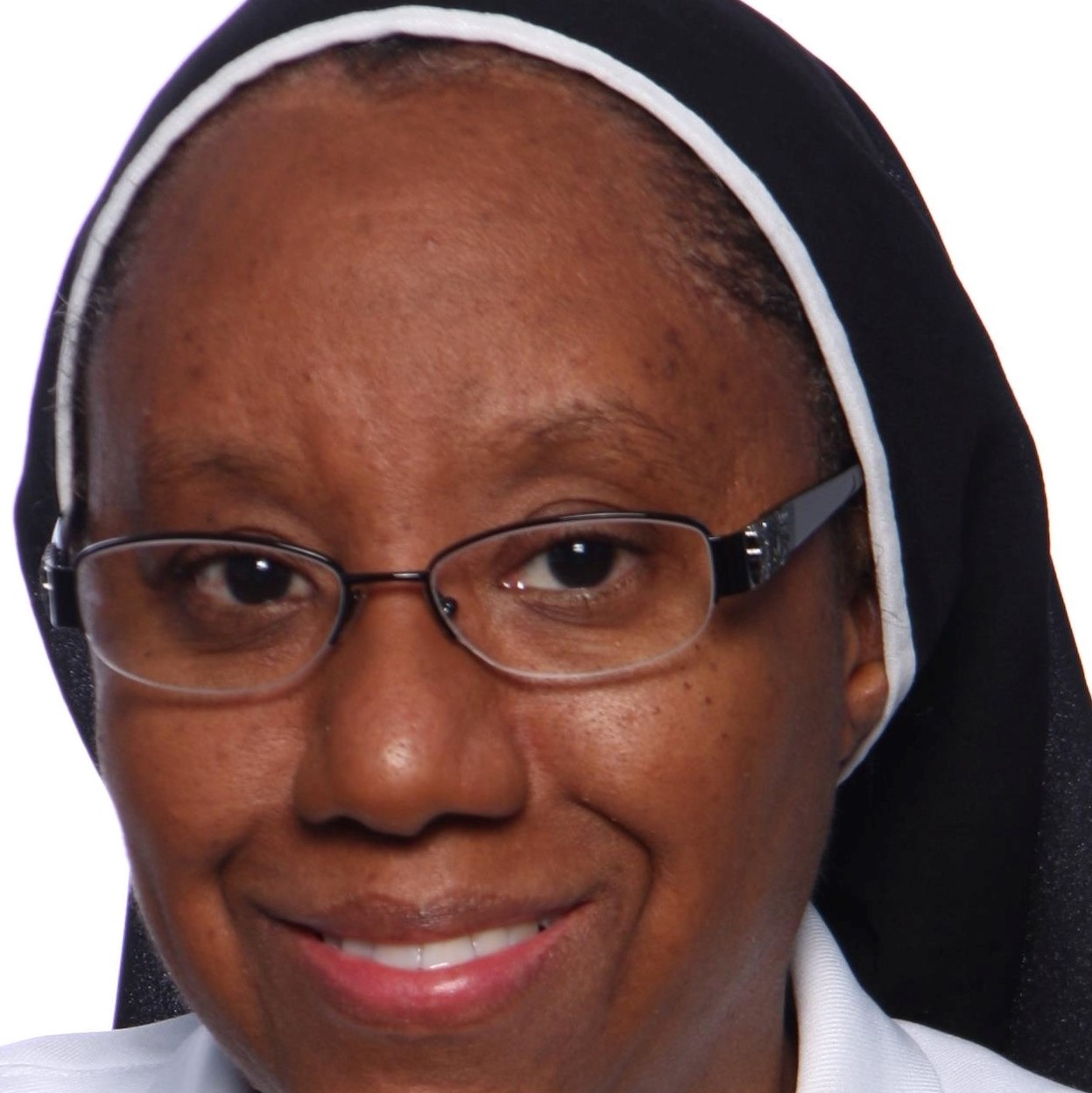
Second Sunday of Easter
♦
Easter Sunday
The Second Sunday of Easter
April 23, 2019
Alleluia! This is the day that the Lord has made; let us rejoice and be glad in it. Today’s Gospel introduces us to the first of Jesus’ post-resurrection appearances to his community of disciples. Over the next 40 days or so Jesus will continue to make himself known to them through stirring conversation, meaningful events and the sharing of meals. Significantly, it is the community as a body that provides the locus for the experience of faith and it gives credence to the Matthean affirmation that “where two or three meet in my name, I shall be there with them” (Matthew 18:20). One week later, Thomas, then present in the community, also experiences the touching event of Jesus’ second appearance to the community. Today’s Gospel reminds us of that when we stand together as neighbours in community we encounter Christ in a special way in our lives. Presence and participation in community, in the body, are essential to sustain the faith life of each member, to overcome desolation and resolve the doubts that are born of loneliness and isolation.
It is also significant that Jesus comes to his disciples in the familiar form of his human body, although it has now transcended its former limitations of space and time. Belief in the resurrection of the body is a core tenet of Christianity but the precise nature of resurrection is a mystery into which scholars and theologians continue to try to gain deeper insights. Ben Witherington III posits that the purpose of this passage is to stress that “Jesus’ resurrection involved a real, tangible body” in reaction to the docetic tendencies that seemed to have been threatening some of the Johannine communities around this time (Witherington, 344). N. T. Wright takes a similar position that the resurrection of Jesus involved the actual transformation of his body into “a new mode of physicality” (Borg and Wright, 120). Marcus Borg, on the other hand, argues that the post-Easter Jesus was more of “an experiential reality” (Borg and Wright, 135). The Catechism of the Catholic Church affirms that the risen body of Christ is his real body but at the same time it possesses “the new properties of a glorious body” (Catechism, 645). The physicality of the resurrection thus invites us to acknowledge our human bodies as gifts from God our Creator and to commit ourselves to preserve its dignity in every aspect of life for it will be with us in some form into eternity. Our reflection on the integrity of the human body also requires us to take cognizance of technological developments and contemporary cultural movements that operate from a different set of values. Transhumanism, for example, is premised on the conviction that human transcendence and immortality will be achieved through technology and not God’s will (Eppinette, 192).
Today the celebration of Divine Mercy Sunday brings us back to the fundamentals, namely the corporal and spiritual works of mercy. In what ways are we being called to extend ourselves to our fellow human beings in need? Let us feed the hungry, give drink to the thirsty, clothe the naked, shelter the homeless, visit the sick, visit the imprisoned, and bury the dead. Let us counsel the doubtful, teach, correct, comfort, forgive, bear wrongs patiently and pray for the living and the dead. As we celebrate the resurrection of Jesus, let us continue to reflect on its significance for our lives here-and-now, as well as in the world to come. Alleluia! He is risen!
Bibliography: Borg and Wright, The Meaning of Jesus: Two Visions (San Francisco, 1999), Catechism of the Catholic Church (Vatican City, 1993), Eppinette, “Human 2.0:Transhumanism as a Cultural Trend” in Vanhoozer, Anderson and Sleasman, Everyday Theology: How to Read Cultural Texts and Interpret Trends (Grand Rapids, 2007), Witherington, III, John’s Wisdom: A Commentary on the Fourth Gospel (Louisville, 1995).

Der ungläubige Thomas
Caravaggio, 1601
Source: Google Arts & Culture

This week’s teaching commentary was prepared by
Sr. Carla Thomas, OP,
Trinidad and Tobago/Toronto, Bat Kol alumna 2018
PLEASE NOTE: The weekly Parashah commentaries represent the research and creative thought of their authors, and are meant to stimulate deeper thinking about the meaning of the Scriptures. While they draw upon the study methods and sources employed by the ISPS-Ratisbonne, the views and conclusions expressed in these commentaries are solely those of their authors, and do not necessarily represent the views of ISPS-Ratisbonne. The commentaries, along with all materials published on the ISPS-Ratisbonne website, are copyrighted by the writers, and are made available for personal and group study, and local church purposes. Permission needed for other purposes. Questions, comments and feedback are always welcome.
Share this with your friends
Share on facebook
Share on google
Share on twitter
Share on whatsapp
Institute Saint Pierre de Sion – Ratisbonne – Christian Center for Jewish Studies
Congregation of the Religious of Our Lady of Sion
Contact us:
secretary@ratisbonne.org.il
26 Shmuel Ha-Naguid Street – Jerusalem
Subscribe to Newsletter

No responses yet